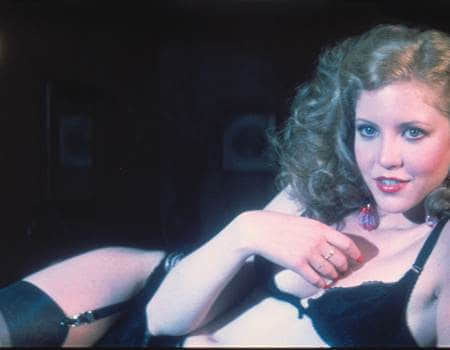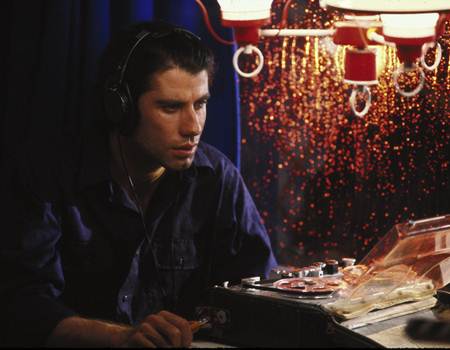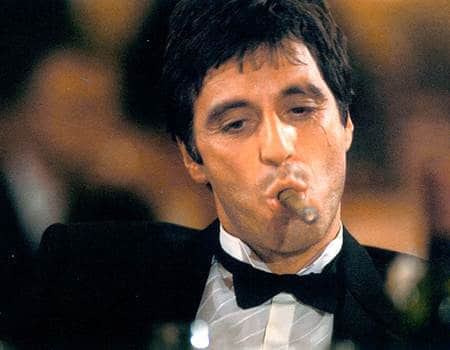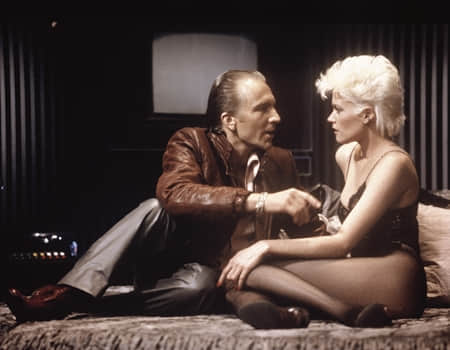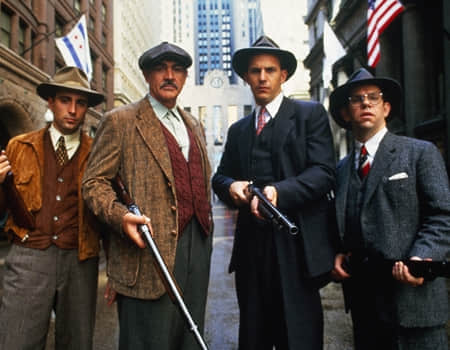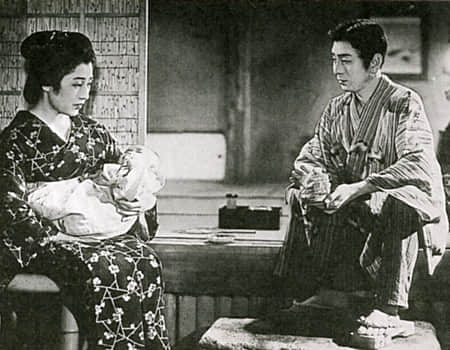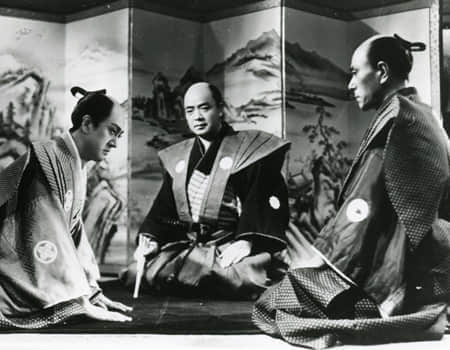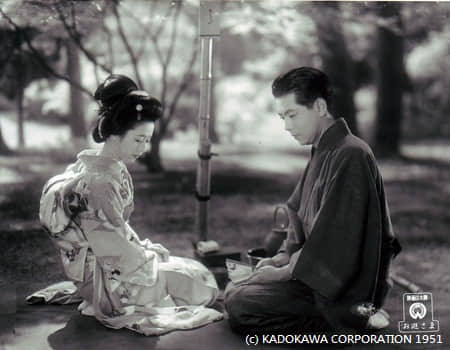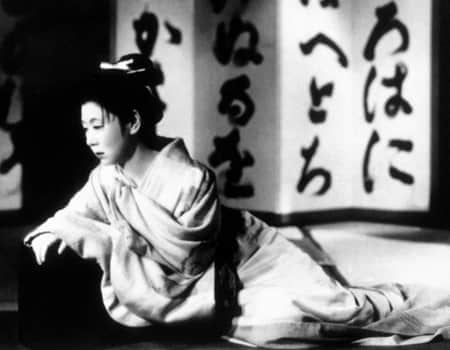2016
Brian De Palma, the Obsessive Cineaste
The documentary De Palma (2015) begins with the director recalling going to see Alfred Hitchcock’s [...]
The documentary De Palma (2015) begins with the director recalling going to see Alfred Hitchcock’s dark masterpiece Vertigo (1958) for the first time at Radio City Music Hall in New York, and the indelible impression it made on him. “I will never forget it,” he says. What’s so compelling about Vertigo, De Palma explains, is that Hitchcock is “making a movie about what a director does, which is basically create these romantic illusions and makes you fall in love with it and then kills it – twice. And it’s what we do as directors. We create these beautiful women, these exciting virile men, we get audiences involved in their stories and emotionally attached to them. …It is something that has fascinated me since I saw Vertigo.” That fascination has deeply influenced De Palma since he began his film career in the 1960s.
Born in Newark, New Jersey, in 1940, De Palma has enjoyed a career as wildly diverse as any of his contemporaries that emerged in the New Hollywood wave of the 1970s. The studio system had collapsed; the Hayes Code, which had set moral guidelines for movies since the 1930s, was outdated and ultimately discarded; and American values were quickly changing in the era’s counter-culture movement. With Hitchcockian films such as Obsession (1976), Dressed to Kill (1980) and Body Double (1984), De Palma became known for his homages to the Master of Suspense, but his filmography reveals other important genres: horror, most notably in the classic Carrie (1976); violent gangster dramas, including Scarface (1983), The Untouchables (1987) and Carlito’s Way (1993); and his big-budget blockbusters – Mission: Impossible (1996), which struck box-office gold, and Mission to Mars (2000), a huge financial flop.
But whichever genre De Palma chooses to work in, there is a consistency to his style: the tracking shots, the split screens, the explicit manipulation of audiences’ emotions. Responses to his films over the years include high praise from noted American film critic Pauline Kael (she describes De Palma as an artist) to outrage from advocacy groups that perceive some of his films as glorified violence against women. But De Palma remains as a film student’s treasure. “I love to make movies that are basically created on pure cinematic ideas,” he notes in the documentary. And his romance with Hollywood has been as passionate and contemptuous as any great love affair. “The Hollywood system we work in – it does nothing but destroy you,” De Palma says. “There’s nothing good about it in terms of creativity.” And yet he continues to carry on.
Mizoguchi Kenji, 60th Anniversary
While now recognized alongside Ozu, Kurosawa and Naruse as one of the classical masters of Japanese film, Mizoguchi Kenji (1898- 1956) remains more complex, more enigmatic and even more difficult to categorize in a lengthy career that evolves from silent films (most of which are now lost) through a golden era of social criticism in the 1930s, more nationalistic films of the war period and profound changes accompanying both Western challenges to postwar Japan (including women’s suffrage) and Mizoguchi’s own conversion to Buddhism in 1950.
Nonetheless, certain striking consistencies unify his rich career: his deep attention to detail, the lengthy shots and careful movement of his camera, and especially his strong political concern with the patriarchal system of Japan and its impacts on centuries of women. Mizoguchi’s own story contributed to the last interest, including the ruin of his family and the traumatic sale of his older sister as a geisha (a system of exploitation to which he insistently returns). This sister, in fact, later fostered Mizoguchi’s careers as an artist and set designer before he found himself in front of and behind the cameras in the 1920s. He made 50 films, ranging from adaptations of Tolstoy to Japanese period pieces, before he felt his own career began in the mid-1930s. After World War II, he was seen as old-fashioned in his home country, despite his politics, but became lionized by Western critics. In this period, he explored a wide range of Japanese history and culture while still focusing on critical revisions of patriarchy and feminism conveyed by exquisite historical aesthetics. His career was cut short by leukemia in 1956 but his reputation has continued to grow among film connoisseurs for decades.
This Cine Fan retrospective provides two classic early films and the later films that established the director’s global reputation in the 1950s, including one of his rare forays into color, the exquisite New Tales of the Taira Clan (1955).
Further reading:
‘Mizoguchi Kenji, From The St. James Film Directors Encyclopedia by Sarris, Andrew (Detroit: Visible Ink Press, 1998)
‘Mizoguchi Kenji, From The New Biographical Dictionary of Film by David Thomson (New York: Knopf Publishing Group 2002)

